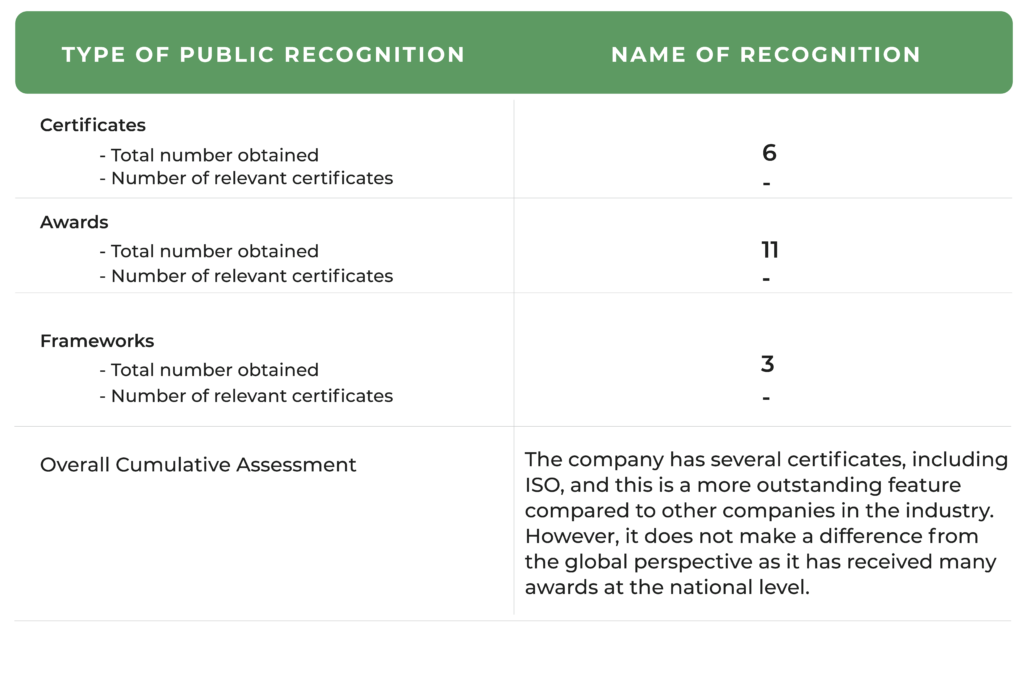
RATING

Outlook
Negative
SECTOR
Oil & Gas Operations
Chief Sustainability Officer
N/A
Contact Details:
N/A
T: N/A
E-mail: N/A
Stock Exchange and Ticker
NYSE: SNP
Website
Contact
T: 86-10-5996 0028
E.mail: N/A
Listing
- #1 Fortune 500 China, 2021
- #45 Global 2000
- #257 World’s Best Employers
Awards
- The Title of Golden Bauhinia-the Best Listed Companies
- The Title of Environmentally and Socially Responsible Enterprise 2021
- The Title of Enterprise with Outstanding Contribution to Environmental Protection 2021
- The Title of China Low Carbon Model for the 11th consecutive year
- The Title of Responsible Enterprise 2021
- Responsibility Golden Bull Awards
- The Hong Kong Corporate Governance and ESG Excellence Awards 2021
- The Best Infrastructure and Public Utility Company on the Golden Hong Kong Stocks Awards
- The Chinese Enterprise ESG Best Corporate Governance Case Award
- The Chinese Enterprise Award for Business Ethics
- The Chinese Enterprise ESG Best Corporate Governance Case Award 2021
Revenue
$2.125B
Market Capitalisation
$3.811B
Employees
385.691
Content source
Sinopec Sustainability Report
Evaluation of Sinopec
Sinopec’s Fuling shale gas field has an overall gas production capacity of 45.4 billion cubic meters, making this oil and gas company one of the most prominent in the world.
The company’s participation in the oil and gas sector prohibits them from becoming a sustainably viable business. Although it is transparent with its transformation with the certificates it holds, it still needs to be recognized by reputable parties and prove itself in some sustainability-relevant frameworks. Sustainability is still possible, though, thanks to the switch to renewable energy sources for power generation and supply.
Sinopec’s advancement in clean energy is based on creating the “No. 1 hydrogen energy firm in China.” This facility produces more than 3.5 million tons of hydrogen annually, or 14% of the country’s total.
With a transaction value of 414 million yuan (US$ 61 million) in 2021, Sinopec recorded a 9.7 million ton volume of carbon trading. It also developed the “Niukouyu Wetland” and “Egret Garden” green factories.
Sinopec is also actively involved in reducing poverty and has contributed 192 million yuan to help impoverished regions.
As we see the company is taking initial steps toward being an environmentally friendly corporation, but some practices, such as the collection and storage of carbon in the facility, as well as a financial compensations scheme for tackling climate change, also need to be added to address scope 3 emissions – which are now nowhere near being accounted for. Additionally, they don’t make their progress very evident regarding scope 1 and 2 emissions either. They do, however, adhere to each SDG with their projects at least.
Sustainability Scorecard
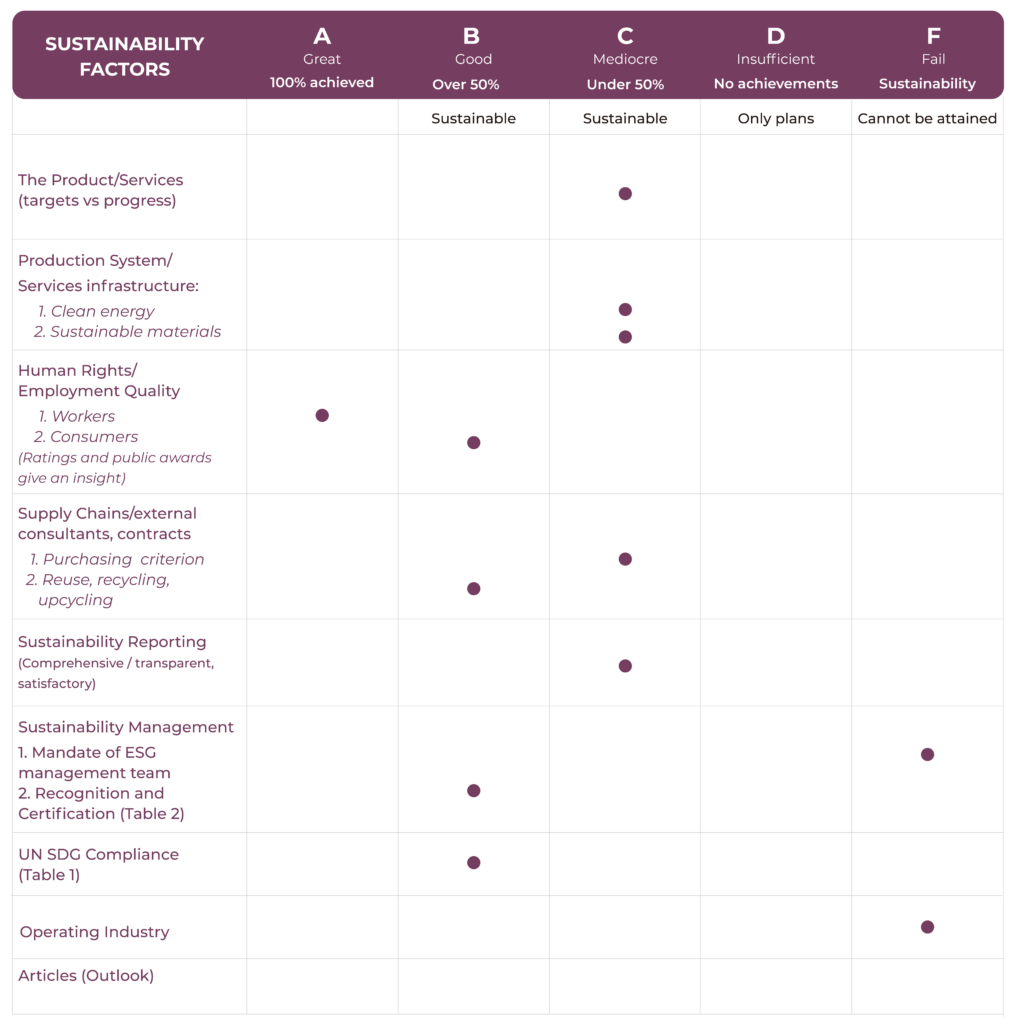
Sinopec Company Activity
In an effort to strategically restructure the petroleum and petrochemical sector, the central government created China Petrochemical Corporation (the Company) on the foundation of the old China Petrochemical Corporation in July 1998. In August 2018, it was further formed as a limited liability corporation. With a registered capital of 326.5 billion yuan and the chairman of the board of the Sinopec Conglomerate acting as its legal representation, the Company is a very sizable petroleum and petrochemical group.
Sinopec is the world´s largest provider of oil and petrochemical products, the largest producer of oil and gas in China, the biggest refiner, and the third-largest chemical company globally. Its overall gas station count places it in second position globally. The Beijing-based company exercises the investor’s rights to the linked state assets held by its fully owned subsidiaries, controlled firms, and shareholding corporations, including the power to receive asset returns, make significant decisions, and select managers. It is charged with the duty of preserving and enhancing the value of state assets by managing, operating, and supervising them in accordance with applicable legislation.
The company’s main activities include Petroleum and natural gas exploration, production, storage, transportation (including pipeline transportation), sales, and comprehensive utilisation; coal production, sales, storage, and transportation; oil refining; storage, transportation, wholesale, and retail of oil products; production, sales, storage, and transportation of petrochemical products, gas-based chemicals, coal chemicals, and industrial investment. The company also performs consulting services for products related to technology, e-commerce, information, and alternative energy; import and export, including the agency business of import and export of self-supporting goods, commodities, and technologies; international project contracting, bidding, and purchasing; and international storage and logistics business. It has therefore a wide, almost ubiquitous role in the Chinese and world economy.
Sinopec Sustainability Activity - As per company declarations
Sinopec encourages the clean, low-carbon, safe, and effective use of energy while accelerating the growth of new industries in green and environmental protection, new materials, and new energies. Sinopec committed to the “Four faces,” concentrated on building an industrial structure with “one base, two wings, and three new growth spots,” and advanced the overall planning of “Four Batches” for sci-tech innovation. Sinopec also fully executed the Innovation-Driven Development Strategy.
Following the innovation-driven development strategy, Sinopec aims to strengthen innovation capabilities, push forward the application of the internet, big data, AI, and other technologies to various industries, and foster the development of new technologies, industries, business activities, and business modes.
While promoting the use of energy that is clean, low-carbon, safe, and effective, Sinopec will also promote the development of new businesses in the green and environmental protection, new materials, and new energy sectors. For instance after 10 years of study, Sinopec Yizheng Chemical Fibre Company Limited began commercial manufacturing of the biodegradable copolyester novel materials PBST and PBAT in May 2020. Biodegradable polymers are substances that completely break down when exposed to natural microbes. It is a crucial method for addressing “white pollution” and is widely used in disposable goods, packaging, and agricultural films.
Finally, Sinopec advocated a three-year action plan to increase workplace safety through the use of specialised investigations to fully identify dangers and solve underlying issues, curbing several workers’ health and safety issues in their facilities.
Certificate & Labels, Standards and Frameworks
- Chinese Certified Emission Reduction (CCER)
- Carbon Neutral Oil Certification
- ISO14000
- ISO18000
- Tier-3 certification
- ISO9000
Sinopec in the news: Press Reviews and Social Media
In order to promote sustainable growth, Sinopec adheres to the scientific theory of development and places a strong emphasis on structural redesign, technical advancement, and major energy consumption reduction. With an emphasis on prevention at the source, clean production has been widely pushed. Energy efficiency has been improved by efforts to save energy and reduce usage. A continuous improvement process has been implemented for the health, safety, and environmental management system.
Sinopec will focus its efforts on crucial basic research and technology advancements in the industrial sector, bring hard-to-produce reserves into production, and significantly increase EOR-based output. In the meanwhile, it will create essential goods and benchmark technologies with strength and influence. Sinopec will accelerate technical transformation in its upstream industry, providing strong technological support for developing a technologically-leading corporation and becoming a global leader in the chemical production of clean energy.
There are also allegations that Sinopec is greenwashing. Carbon Tracking Initiative claimed this by saying “Sinopec has a ‘net zero’ target, but in the absence of specific details we do not yet consider it as meeting our ‘hallmarks of Paris compliance’.”
More than 70% of China’s crude oil and more than 40% of its natural gas are imported. If it replaces coal and methane emissions are controlled, natural gas can lower China’s GHG emissions. Oil and gas firms are giving way to gas and oil corporations among China’s NOCs. Investments in low-carbon energy and technology are being made by CNPC, Sinopec Group, and CNOOC
Highlights from Sinopec Sustainability Report
- The comprehensive compliance rate of wastewater have reached 100%
- Revised three system policies, including Sinopec Overseas Security Management Measures, Sinopec Special Emergency Plan for Overseas Security Incidents and the Regulations on the Management of Physical and Mental Health of Overseas Employees
- Published two issues of Overseas Security Risk Assessment Report, and organise relevant business units to carry out online assessment of overseas security risks, with an online assessment rate and pass rate of 100%
- They provided the Board training on “overview of the company’s anti-corruption management and relevant laws” that covered the idea, procedures, and techniques of the Company’s anti-corruption management as well as pertinent requirements from the national supervision laws and the administrative punishment laws. The Company also reinforced anti-corruption education throughout new employee orientation, helping the employees develop a bottom-line perspective on integrity
- They launched the first “Full-Tanker Full Life Cycle Carbon Neutral Petroleum”
- They built 1,253 photovoltaic power generation stations
- Established bio jet fuel production facility to produce bio jet fuel from renewable resources
- Increasing the availability of bio-diesel in Shanghai and other places. More than 240 petrol stations in Shanghai might be covered by the 400 thousand tonnes of B5 bio-diesel that could be blended
- Promoted ethanol gasoline for vehicles based on market trends
- Two issues of the Overseas Security Risk Assessment Report were published, and the appropriate business units were organized to conduct online assessments of the hazards associated with international security, with a 100% online assessment rate and pass rate
- Not clear progress for Scope 1 and 2 emissions
- Targets that are not solutions for long-term sustainability such as carbon capturing and storing
- Lack of sustainability chief officer
Targets vs Progress Reported
| Target | Results reported |
|---|---|
| %18 SO2 reduction by 2023 | - 5.3 thousand tonnes reduction (baseline 2019) |
| %18 NOx reduction by 2023 | - 7.6 thousand tonnes reduction (baseline 2019) |
| Reducing the consumption of comprehensive energy per RMB 10,000 of production value by 5% by 2025 | - As of 2021, the Company's total energy consumption per RMB10,000 of industrial production was 0.234 tons of standard coal, down from 0.032 tons per RMB10,000 and 0.039 tons per RMB10,000 in 2020 and 2019, respectively |
| Reduce carbon dioxide emissions 12.6 million tonnes by 2023 | - Reducing 2.38 million tonnes of carbon dioxide emissions |
| 100% of hydrogen produced with non-fossil energy; develop a fully functional and nationwide low-carbon transportation energy supply network to help the national road transportation system achieve carbon neutrality in advance by 2050 | - To enhance the green energy supply capacity, they increased the supply of natural gas and actively advanced the layout of the hydrogen industry, constructed eight hydrogen supply centres and accelerated the development of photovoltaic projects according to local conditions, and gradually promoted the supply of biomass energy |
| Build 7,000 distributed photovoltaic power generation stations by 2025 | - Implemented centralised wind power and photovoltaic generation projects on refining and chemical industrial facilities, carried out the "large-scale renewable energy power generation - energy storage - hydrogen production with green electricity" project, and gradually promote green power utilisation and green hydrogen refining, so as to achieve in-depth de-carbonisation in the refining and chemical sectors |
UN SDGs Compliance Analysis
Progress made toward SDG targets
As reported by Sinopec
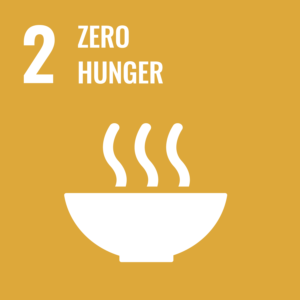
- They promoted the growth of specialized farming in rural regions. In ten townships of Dongxiang County, Gansu Province, more than 16,175 mu of quinoa were produced, raising the earnings of 4.964 people
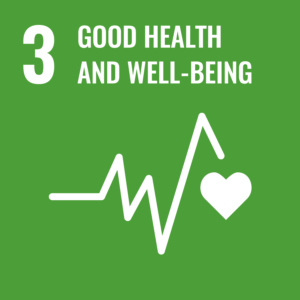
- They established the Sinopec mental health (EAP) committee to promote the physical and mental health of their employees
- To better safeguard their customers’ and the public’s health and to help the battle against the epidemic, they altered and enhanced supply capacity for medical supplies
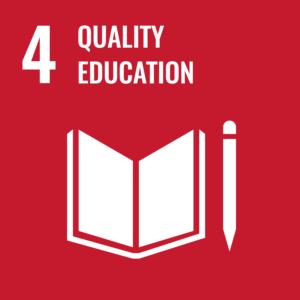
- They offered several types of training to its staff, including 46 major training initiatives for 94 times, centralized training for 5,122 participants, and online training for 6,152,000 people overall, totaling 51.43 million training hours.
- They made a donation of RMB 89.63 million to improve educational facilities in their chosen low-income districts
- They offered financial help to 1,560 students from low-income households through their Sinopec Scholarship program

- In order to defend the rights of female employees, they maintain gender equality and founded the Female Employees Committee. They work to remove discrimination against women in hiring and promotion, and they support female employees’ participation in the democratic administration of the company
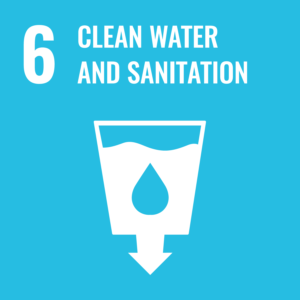
- They established yearly water usage goals and pledged to lower their yearly industrial fresh water withdrawal by 1% or more year over year. They optimized their water sourcing strategy to replace the usage of fresh water with non-conventional water sources in order to accomplish this
- To provide tap water to communities in Dongxiang County, Gansu Province, they spent more than RMB 67 million to repair water systems there
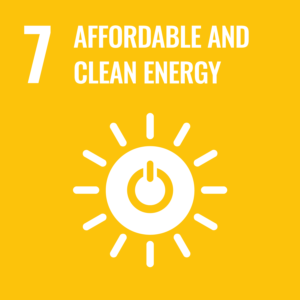
- To expand the proportion of natural gas and other clean energy in their energy sources, they actively invested in new energy firms
- The total production capacity of their high purity hydrogen generation unit reached 16 thousand normal cubic metres per hour, and their bio-jet fuel capacity reached 100,000 tonnes per year
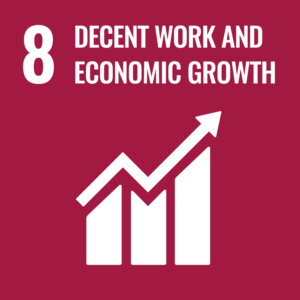
- They created approximately 1,400 job possibilities for migratory employees and new recruits with prior work experience. In order to provide equitable employment chances, they aggressively sought female workers, international employees, and minority employeesservice and warehouse management; provides employment and human resource development to the neighborhood
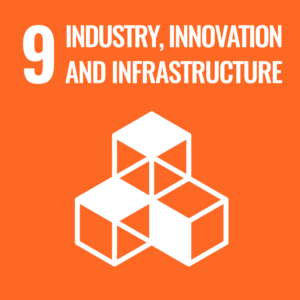
- They sped up the development of a clean and low-carbon energy supply system, explored new infrastructure and services, such as charging and swapping facilities and hydrogen refueling stations, and supported the development of green transportation and hydrogen energy transportation. In 2021, they invested RMB 21.1 billion in R&D and obtained 4,853 patents both domestically and internationally
- Six intelligent factories have been created, and almost 20,000 Sinopec service stations have been used as trial sites for digitalized, contact-free intelligent gas stations
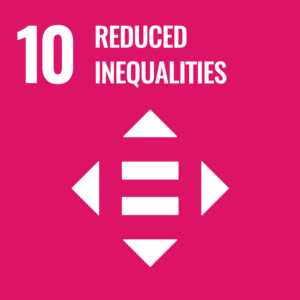
- They strongly prohibit the use of forced labor and child labor, as well as any type of discrimination based on nationality, gender, region, or religion. They work hard to guarantee that all workers have equal access to opportunities and to further diversify our workplace in terms of things like gender and race

- They hastened the building of hydrogen refueling stations and new energy car charging and swapping facilities as well as aggressively supported the growth of the new energy vehicle sector. In Dongshan County, Gansu Province, village roads were constructed for a cost of RMB 100 million
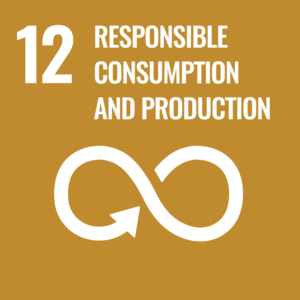
- To maintain workplace safety, occupational health, and environmental compliance, they continued to optimize HSE management. Together with their suppliers, they encouraged responsible and green purchasing, and to increase openness, they included information about their sustainability performance in their annual sustainability report
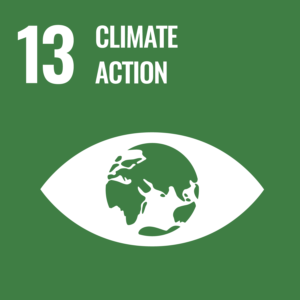
- They carried out 544 energy efficiency improvement projects throughout the year, saving 967,000 tonnes of standard coal and reducing 2.38 million tonnes of carbon dioxide emissions
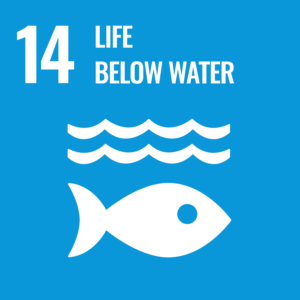
- To safeguard the ecosystem of the river systems, they performed site inspections to businesses along the Yangtze River, the Yellow River, and other significant river basins. In an effort to safeguard the maritime environment and marine life, they kept us as members of the Alliance to End Plastic Waste (AEPW). They took rigorous steps to stop marine oil spills, increase wastewater recycling and reuse, and fully meet all compliance standards for effluents
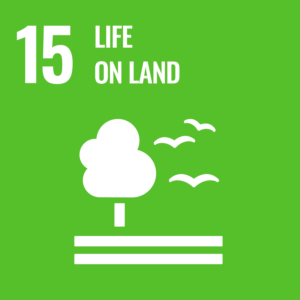
- All new and ongoing projects have to first undergo an environmental impact assessment, determine their eco-environmental sensitivity, and steer clear of eco-sensitive regions. They also carried out ecological restoration work where necessary and conducted ecological environmental assessments for decommissioned sites
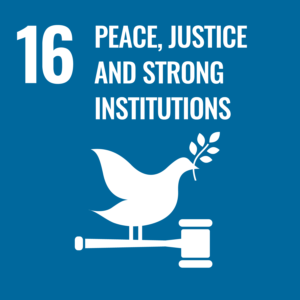
- In order to disseminate Human Rights Policy to directors, officers and employees and raise awareness of human rights, the SoftBank Group conducts ongoing education and awareness activities through training and other programs. In addition, they require external stakeholders, including investors and business partners, to act in compliance with all laws and regulations related to human rights
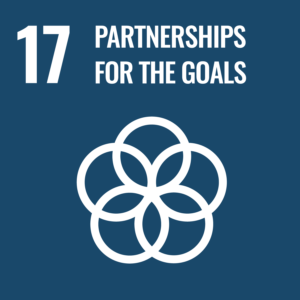
- In order to maintain company integrity, they kept enhancing compliance management. They also put in place a “zero tolerance” policy for corruption and transgressions of business ethics in order to get rid of all sorts of corruption. Additionally, they asked our suppliers and contractors to step up their efforts to manage safety and safeguard the environment
Sustainability Certificates, Awards and Listings
